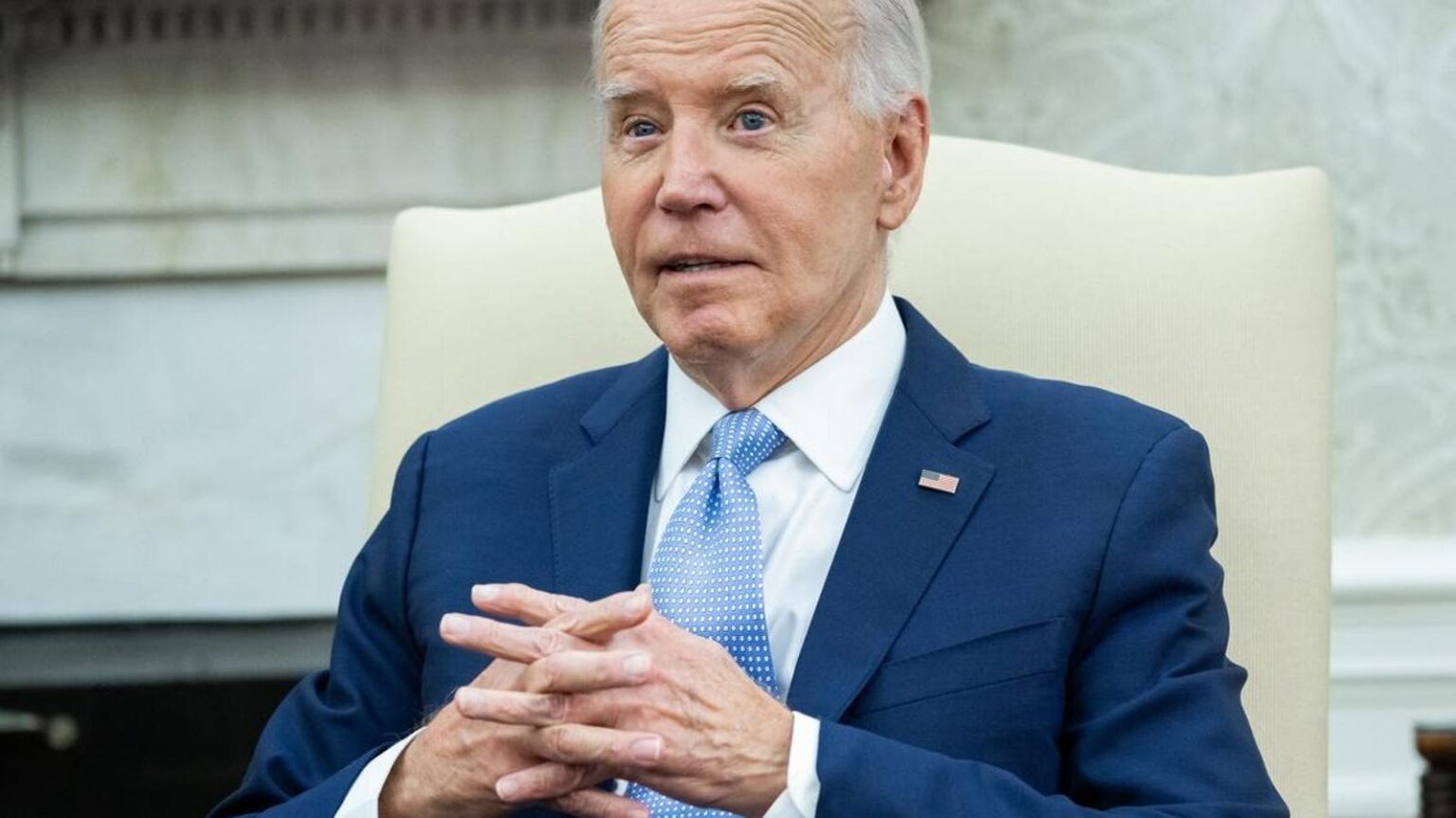The Biden administration could roll out a brand new student loan forgiveness plan this October, according to a Unified Agenda proposed rule schedule. At least 25 million borrowers could benefit from the new initiative, say Education Department officials. And if implemented, many borrowers could receive relief automatically, without having to submit an application.
But observers widely expect the new program to get challenged in court. And with another key Biden student loan program already facing several lawsuits, it’s quite possible that the latest program could get blocked before it even gets off the ground.
Here’s what borrowers should know.
Biden’s Latest Student Loan Forgiveness Plan — Who Would Qualify
The new Biden student loan forgiveness initiative would target relief to four groups of borrowers:
- Those who have experienced runaway interest since entering repayment. Eligible borrowers could receive $20,000 or more in student loan forgiveness.
- Borrowers who would otherwise be eligible for loan forgiveness under other programs such as income-driven repayment or Public Service Loan Forgiveness, but have not enrolled.
- Undergraduate borrowers who first entered repayment at least 20 years ago, and graduate school borrowers who first entered repayment at least 25 years ago.
- Borrowers who previously enrolled in “low-financial-value programs” as evidenced by a school’s poor metrics associated with student outcomes or its ineligibility for federal financial aid programs.
Up to 25 million borrowers could be eligible for student loan forgiveness under the runaway interest category alone, according to Education Department officials. Additional borrowers could qualify under the other three categories.
According to a regulation publication schedule first issued in the Biden administration’s Unified Agenda for the Spring of 2024, the final rule is expected to be published on an unspecified date in October. While typically, new Education Department regulations go into effect on July 1 the following year, the administration could utilize early implementation authority to start delivering relief sooner than that. The administration has already done so in its year-long rollout of the Saving on a Valuable Education plan; SAVE is a new income-driven repayment option that reduces payments for many borrowers.
Automatic Student Loan Forgiveness For Many Borrowers
Biden’s new plan would allow for automatic student loan forgiveness wherever possible. This means that many borrowers would not need to submit an application to request relief.
Student loan forgiveness for those who otherwise would qualify for relief under existing programs would be “automatic,” according to Education Department guidance. And the department may have sufficient data to allow for automatic loan forgiveness under the other categories, as well. For example, the department should be able to easily determine when a borrower first entered repayment on their student loans, as that data is already in the department’s National Student Loan Data System.
Automatic student loan forgiveness could drastically hasten relief for borrowers, eliminating the need for individual review of millions of separate applications.
Hardship Student Loan Forgiveness May Not Happen This Year
Separately, the Biden administration is also planning on providing a fifth student loan forgiveness pathway for those experiencing financial hardships. The plan would “cancel student debt for borrowers experiencing hardship in their lives that prevent them from paying back their loans now or in the future,” according to an Education Department summary.
Some of this relief would be automatic if the department determines that a borrower is likely to default on their loans. But other borrowers would need to submit an application.
“Borrowers predicted to fall into default on their student loans would be eligible for automatic relief under the Biden Administration’s proposal,” according to the department’s guidance. “Borrowers experiencing other cost burdens could also receive relief through an application process.”
However, hardship-based student loan forgiveness now appears unlikely to be available by October. The Education Department published draft regulations for student loan forgiveness for the first four categories earlier this spring, with the final rules on track to be published this October. But the department has yet to release finalized draft regulations for hardship-based student loan forgiveness, which means that this pathway for relief will be on a different timeline.
Legal Challenges And Election Could Determine Fate Of Biden’s Student Loan Forgiveness Program
Biden’s new student loan forgiveness program will likely face legal challenges as soon as the final rules are published in October.
Biden’s first attempt at mass student debt relief faced multiple legal challenges, which resulted in the program being blocked before any borrower received loan forgiveness. The lawsuits eventually made their way to the Supreme Court. The Court’s conservative majority nixed the initiative last summer in a 6 to 3 ruling.
The Biden administration is hoping that the newest loan forgiveness plan will be on firmer legal footing. Biden’s first program was enacted under the HEROES Act, a 2003 statute that authorizes the Secretary of Education to waive or modify statutory provisions governing student loan repayment in response to a national emergency. The Supreme Court’s conservative majority ruled that this statute did not authorize mass student loan forgiveness. Now, the administration is relying on a provision of the Higher Education Act, which expressly allows the Secretary to “compromise” or “waive” federal student loan obligations.
However, challengers are likely to argue that this provision should be read narrowly, and that Congress never expressly authorized mass student loan forgiveness. These are the same arguments Republican-led states made in their challenge to block Biden’s first loan forgiveness plan, and they are making similar arguments in ongoing legal challenges to halt Biden’s SAVE plan. Separately, the Supreme Court issued a major ruling last month overturning decades of precedent that will generally make it more difficult for regulations enacted by federal agencies to withstand judicial scrutiny.
Meanwhile, the election will also be critical for the loan forgiveness program’s eventual fate. If former President Donald Trump returns to the White House this January, his administration would almost certainly halt this latest student loan forgiveness effort.
Read the full article here
















